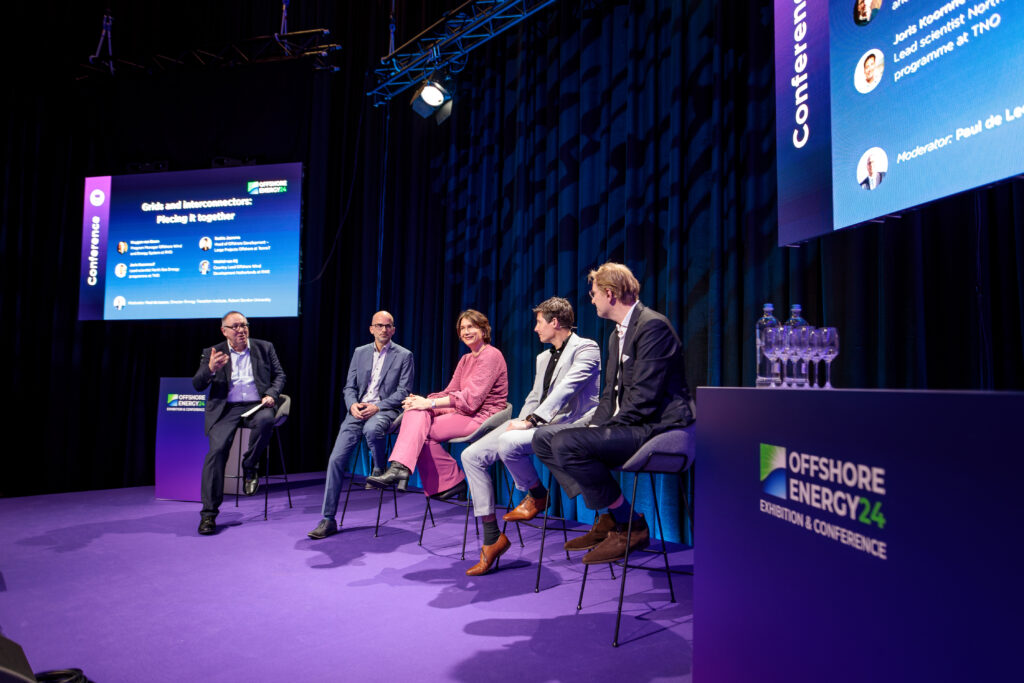Netherlands' Shift to Offshore Energy Hubs and Interconnectors: Where Does Hydrogen Fit In?
Key Ideas
- Netherlands shifts focus to offshore energy hubs and interconnectors due to rising security concerns and diversification needs.
- Challenges exist in connecting offshore wind projects to the grid and electrifying industries, creating a need for grid development.
- Offshore hubs are explored as central points for energy distribution, with considerations for offshore wind, solar, and potential hydrogen integration.
- Regulatory framework improvements and cost reductions are essential for the seamless rollout of offshore energy technologies.
The Netherlands is moving away from the concept of energy islands towards offshore energy hubs and interconnectors to address increasing security concerns and diversify the energy system. Challenges persist in connecting offshore energy projects to the grid and electrifying industries, underscoring the necessity for timely grid development. The focus is now on offshore energy hubs that serve as central points for energy collection and distribution, with a potential role for hydrogen integration. The regulatory framework is a key area for development to facilitate the seamless rollout of offshore energy technologies. Various stakeholders, including government representatives, researchers, and energy operators, are exploring offshore hubs that combine wind, solar, wave, and tidal energy to optimize offshore grid usage. Collaborative efforts among North Sea countries are crucial in developing multi-purpose interconnectors like the LionLink project. While technical improvements and cost reductions are essential, standardization and regulatory enhancements are equally vital for the rapid deployment of offshore energy solutions.
Topics
Power
Energy Transition
Energy Systems
Renewable Projects
Renewable Integration
Regulatory Framework
Offshore Energy
Interconnectors
Grid Development
Latest News
